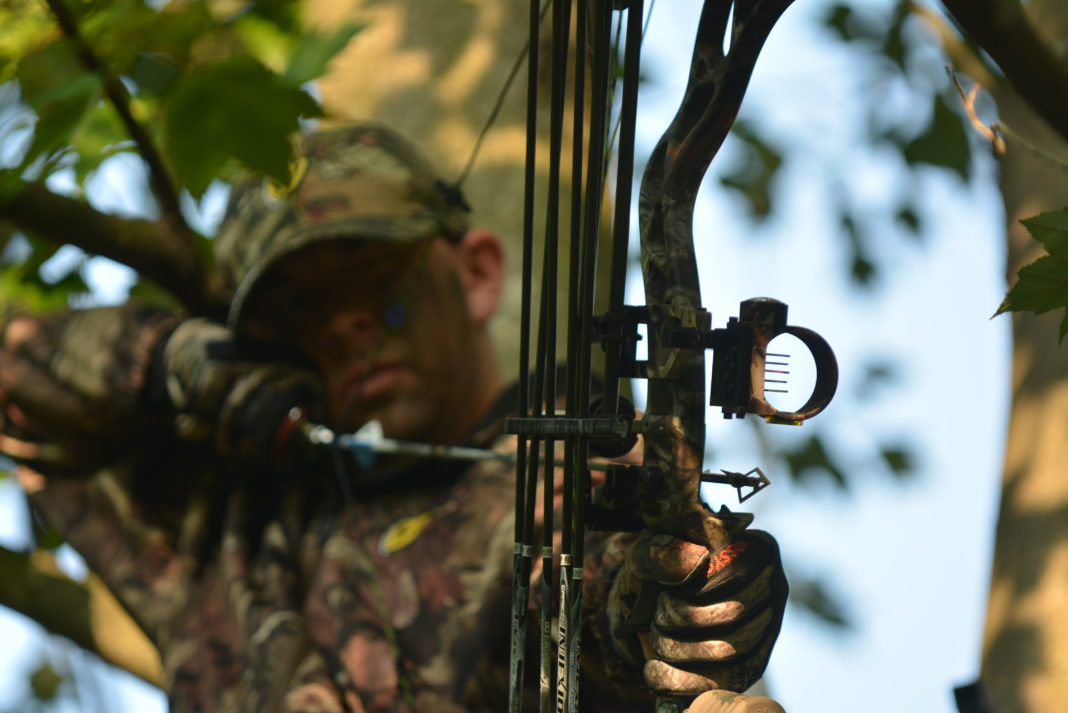Buying a large property for whitetail hunting is financially beyond the reach of most deer hunters. Even leasing a farm or timber tract as a group can add up to thousands of dollars. Small tracts won’t hold deer and turkeys, yet you can manage a few dozen acres into a happy hunting ground with these tips from Mark Kayser. Writing in Turkey Country magazine, Kayser is of the “write tight” generation (as in cut the bull) and gets right to the point in his insightful article.
Becoming a real estate mogul requires some serious cash. Thirty years ago or more, rural land sold for its real value in the farming and ranching realm. But recreation and rural acreage sales have skyrocketed, and today land values are whatever the market dictates. Fragmentation, absentee landowners and land grabs often mean your hunting property is shrinking like a cotton shirt in the clothes dryer. If you’re faced with the prospect of owning, leasing or hunting on a small property via permission, be proactive. Your small property could pay off in big hunting dividends with the
right management.How small is too small?
Biologists have long suggested most whitetails live in an approximate 1-square-mile home range. Their core home range, where they spend 50 percent
of their time or more, is often smaller — maybe even as few as 100 acres. Other wildlife such as turkeys may also call a section of land home if the right ingredients make up the neighborhood. Unfortunately, regional wildlife behavior, seasonal
nutritional changes and hunting pressure all can make wild animals wander or move. If you have access to a small property, your goal is to limit this wandering and give wildlife more reasons to stay than stray. How small is too small? I know one whitetail bowhunter who consistently takes trophy whitetails from a mere 9½ acres, including a 180-point giant last season.



















![The Best Deer Camp Chili [VIDEO] Deer Chili Ingredients, Tomatoes, Chili Spices](/wp-content/uploads/2015/10/Deer-Chili-Deer-Camp-Recipe-218x150.jpg)
![How to Call Elk Early in the Season [VIDEO]](/wp-content/uploads/2016/08/byers003-218x150.jpg)




![Idiots Disturb Hunter: How Would You Have Handled It? [VIDEO]](/wp-content/uploads/2015/10/DSC00110-e1474487693878-100x70.jpg)
![Albino Buck Shocked to Shed His Antlers [VIDEO]](/wp-content/uploads/2015/10/AlbinoDeer-100x70.jpg)